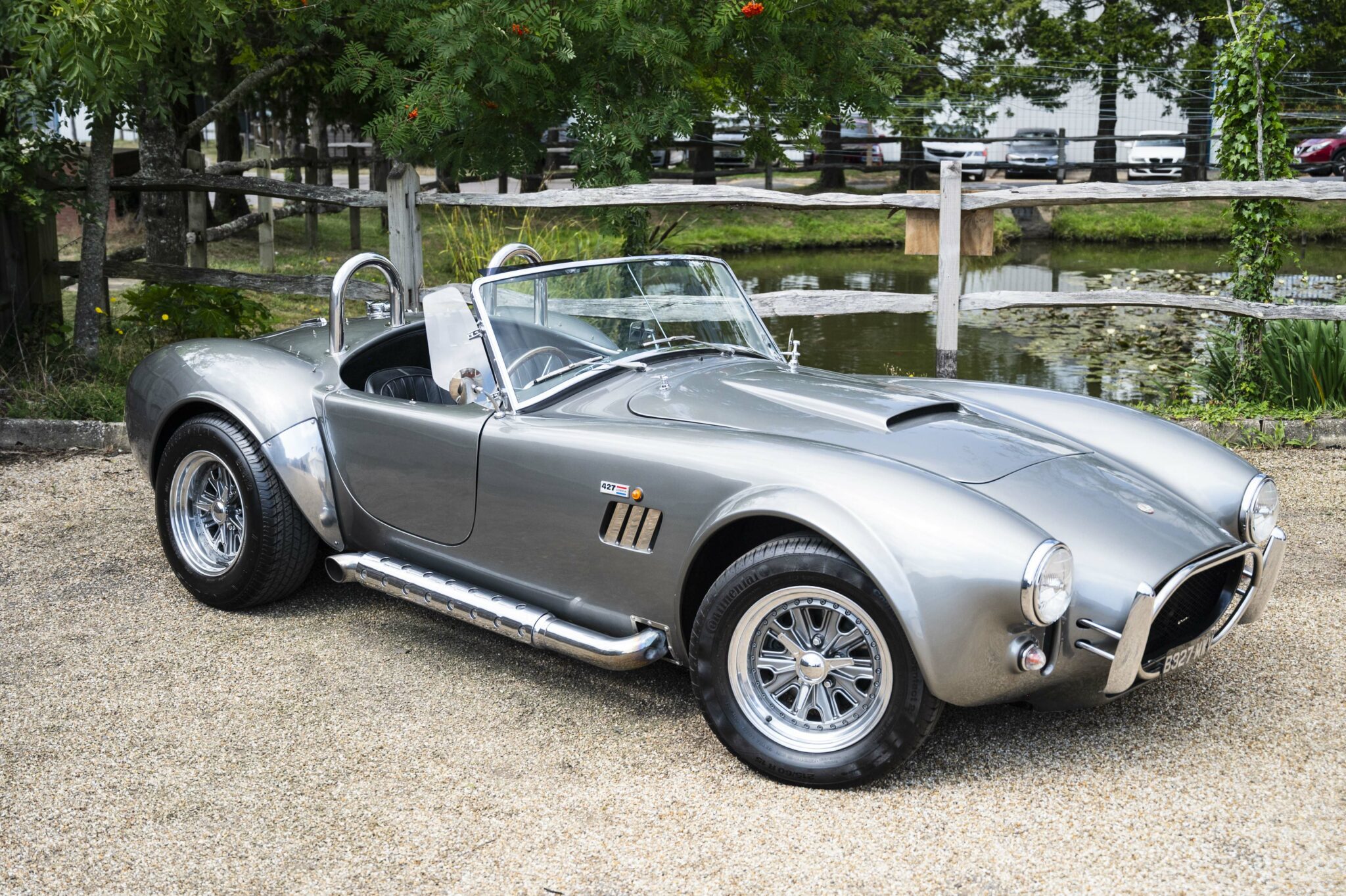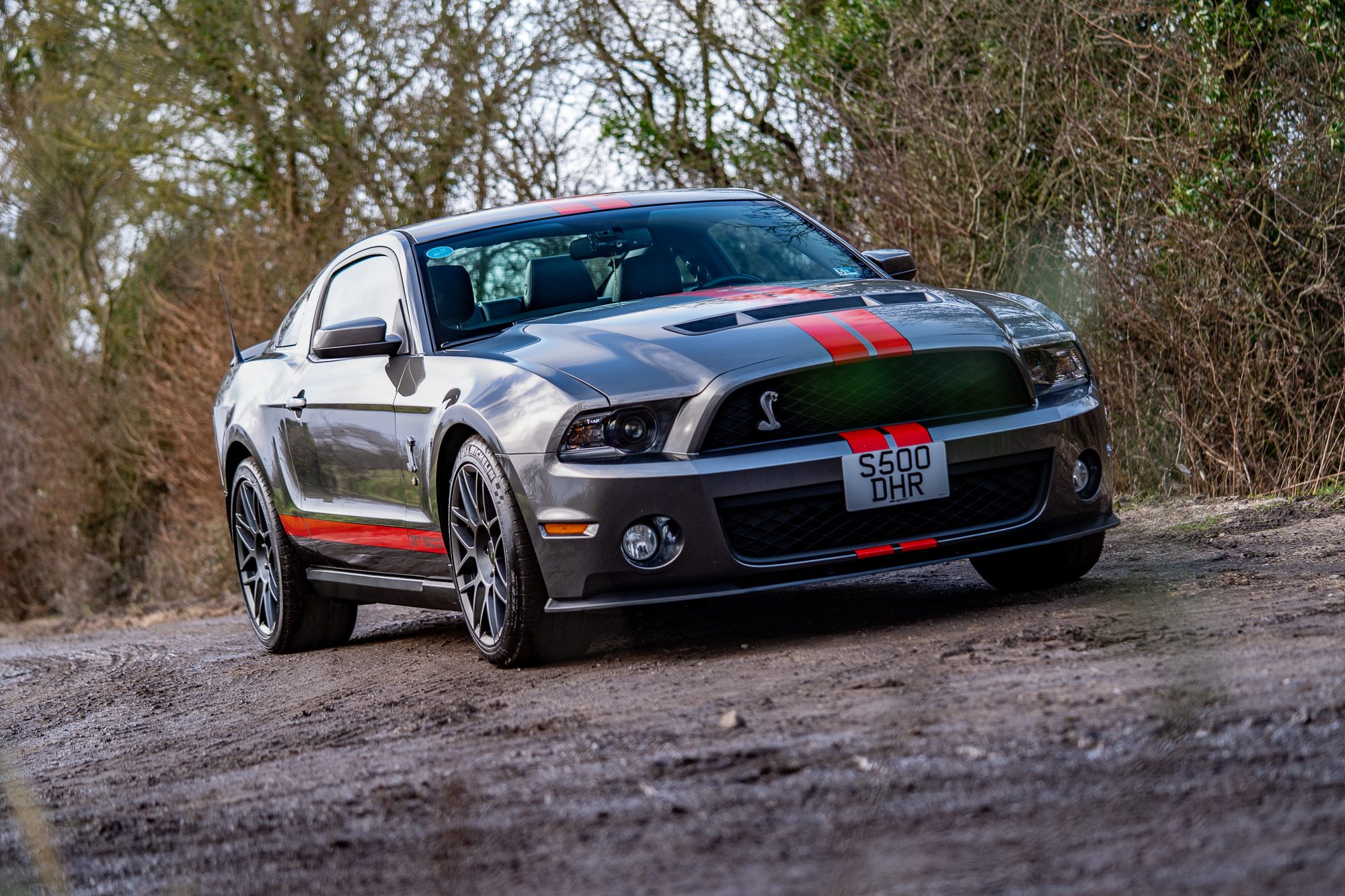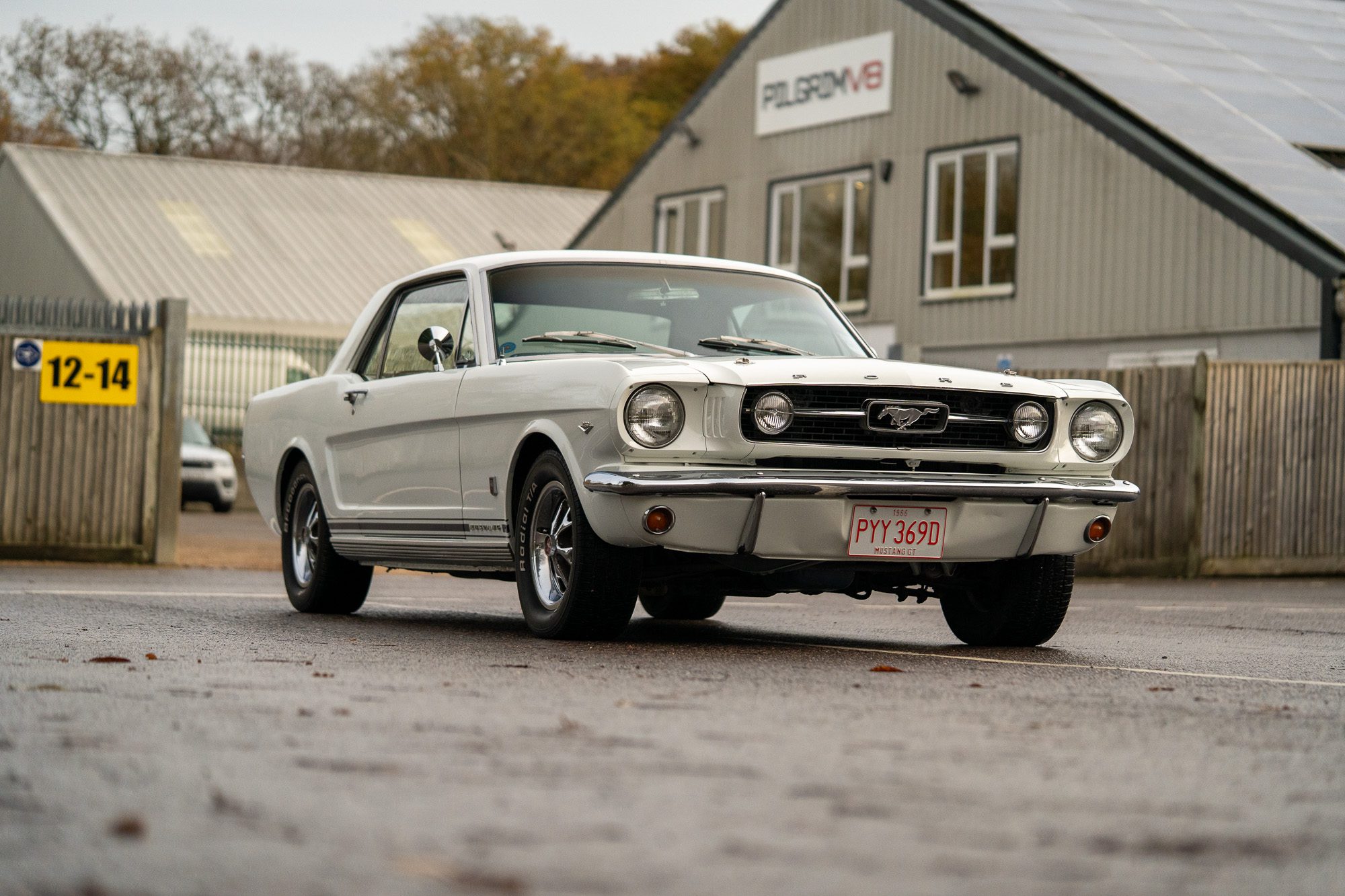Our Speedster replica is an expression of timeless automotive artistry and modern precision. Blending classic aesthetics with superior performance, sound and driveability, it’s a stunning homage to the golden era of motoring.
Every vehicle is meticulously built in-house by skilled craftsmen, with its chassis then undergoing professional galvanisation to ensure longevity and durability. This Speedster Classic is built to order and boasts improvements that set it apart from its vintage inspiration.
While Speedster replicas continue to turn heads on the roads today, its story is a compelling one. Here’s the history of the classic Speedster, and why this classic sports car continues to resonate today.
The rear-engine Speedster originated as a unibody coupé at a time when European factory teams dominated racetracks. The agile 356 was a racing success, winning its class at Le Mans in 1951. In 1954, Austrian American car importer Max Hoffman suggested a lighter, low-cost, open-top version for the US West Coast. The resulting Speedster was track-ready, with a competitive power-to-weight ratio, independent front and rear suspension and an optional 1600 ‘Super’ engine with 75hp.
The Speedster actually evolved from the Glaser-built America and even had the same Type number (540), but it was designed by Reutter to minimise production costs. It used the regular cabriolet body but had none of its luxuries – only a simple canvas top and side curtains instead of a built-in padded top and roll-up door windows. The cockpit was as spartan as a Triumph TR2’s, with simple bucket seats and instrumentation limited to the speedometer, tachometer and temperature gauge.
The 1954 Speedster proved to be marketing magic from Hoffman. It took off in the US, particularly in Southern California. 1,233 speedsters were sold in the US during the 1954–55 model year. A few months after its introduction, Hollywood star James Dean bought a white 1955 Super Speedster convertible; the car claimed second place at Dean’s racing debut at the CSCC Palm Springs Road Race. Further Speedster generations followed; the 1957 356 A 1500 GS Carrera GT Speedster variant was the fastest production by the brand at the time, reaching 200km/h.
While its budget-friendly beginnings are hard to believe today, the Speedster’s continued popularity is undoubtedly linked to its timeless design incorporating wonderfully simple styling, which is also reminiscent of the amazingly popular cars later produced by Volkswagen.
Experience the elegance, power and unrivalled craftsmanship of the Pilgrim Speedster classic – a true automotive icon, reborn.
















